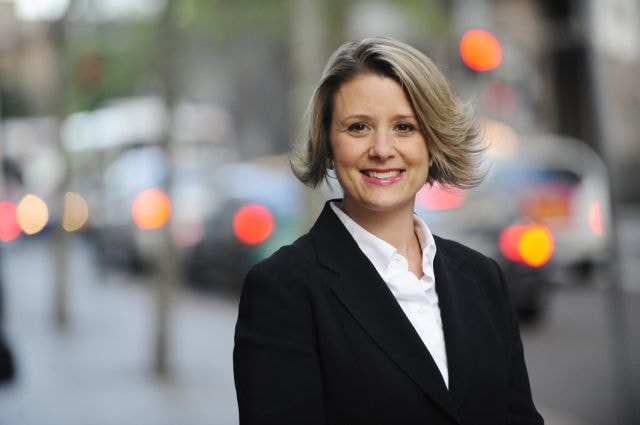
Kristina Keneally, NSW Minister for Planning, and Minister for Redfern Waterloo will talk on "
Planning in New South Wales - Responding to the Global Economic Crisis" in the Sunset Seminar Series at the University of Sydney, 6.00 pm, 8 April 2009.
As the global economic crisis begins to take effect in NSW, a key question on the minds of developers, planners and policy makers is what impact this will have on urban and regional development and planning policy. The Minister for Planning, the Hon. Kristina Keneally, will present an informative, no-nonsense, discussion on the State's responses, including Part 3A reforms to the planning and assessing regime and the short and long-term impacts this will have in speeding up of approval processes and in stimulating economic activity in NSW....
From: "Planning in New South Wales - Responding to the Global Economic Crisis", Sunset Seminar Series, Faculty of Architecture, Design & Planning, University of Sydney, 2009
I hope to attend the talk. One aspect of this is the role of new computer and telecommunications technology in speeding up of approval processes, as well as stimulating economic activity. The NSW government has encouraged local councils to move their planning processes online and, in theory, it would be possible to do all the "paperwork" needed for planning approval of a home from an iPhone while out on a building site.
In terms of wider economic issues, use of computers and telecommunications can lower costs, while reducing carbon emissions, without needing large investments in new roads or public transport. This is called "dematerialisation" and I teach it in the course "
Green ICT" run by the Australian Computer Society.
An example of the use of ICT in planning is the use of electronic signs to make public transport more efficient. An example of this is the recently introduced Sydney
MetroBus. A metro is a public transport system which is so frequent it does not need a time table. The term is usually applied to underground trains (such as the
Sydney Metros which NSW state government keeps announcing and then cancelling). However it can also be applied to buses. One way to make the system more attractive is to provide electronic signs which say when the next bus will arrive. This was planned as part of the Sydney MetroBus, but has not been implemented. The information can also be provided via mobile phones. The electronic information increases the usability of the metro for very little additional cost.
Another way to use ICT to improve transport use is to provide WiFi access, as on the
Cambridgeshire Guided Busway. This will encourage travellers to undertake longer journeys, as they can do useful work, or entertain themselves, while travelling.
The Green ICT course is designed for ICT professionals, but I hope to get planners involved. I will be delivering a version of the course next semester at ANU in Canberra, but the
course is open access and universities could use it o train planners and architects.
ps: I gave a
seminar on ICT for planners from the "new" Bauhaus at the USyd Faculty of Architecture in 2002.
Labels: Architecture, Global Financial Crisis, Metro, NSW



